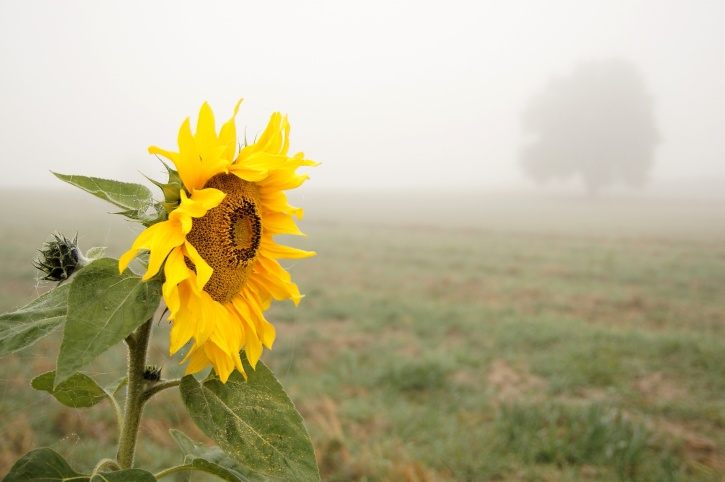
As a farmer or simply someone who likes to see your plants grow tall and bear vegetables, you understand the necessity for a watering solution. Drip irrigation, in which tubing is spread out over an area to emit a slow but steady stream of water almost directly to the roots, provides an inexpensive, more efficient system for the following reasons:
Because drip irrigation delivers water right to the roots, less water gets wasted. Contrast this with your typical spray sprinkler, and not only do your plants get a more concentrated source of hydration, but you end up using about 50-percent less water overall. In fact, each landscape bed can receive anywhere from one to four gallons per day, and “drift” – when water gets blown around onto the pavement and other non-productive areas – is practically nonexistent.
Furthermore, because water isn’t simply being sprayed around, your garden or crop rows end up experiencing fewer weeds.
With typical hose or spray sprinkler methods, the soil surrounding your plants fluctuates. That is, after the water falls down from the stream, the ground becomes too wet for your plants, and until the next scheduled watering, gradually dries out. With this pattern, your soil is never just right, can experience erosion, and may negatively impact your plants. Drip irrigation’s steady stream, on the other hand, helps the earth stay damp enough – not saturated to the point it start flowing downhill and not dry enough to affect your crop yields.
As another definitive characteristic of drip systems, lower operating pressure cuts down on the costs spent on pumping. On a similar note, because plants receive an exact amount, less water goes to waste, while automation additionally reduces what you’ll spend on labor and operation.
With a consistent flow of water creating soil that’s precisely moist, your crops are less likely to dry up or experience disease. As well, because the water’s going directly to the roots instead of splashing from overhead, your plants have fewer mold and disease problems, and the mulch is less likely to have fungal issues.
In general, creating this irrigation system involves adding drip lines over a certain area – whether that’s a few beds at home or a large farm. As a result, changes aren’t permanent, and removing or updating your system is often as simple as picking up the tubes themselves. Compare this to the traditional lawn sprinkler system, which requires piping and can make your landscape bed less stable.
Looking to streamline your plants’ watering process? Begin with drip irrigation parts from Sprinkler System Store. Browse today for all tubes, fittings, stakes, valves, adapters, and more essentials.